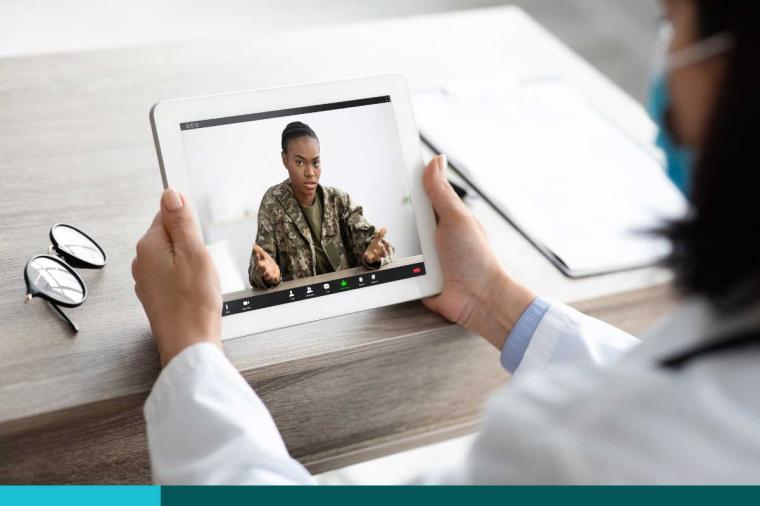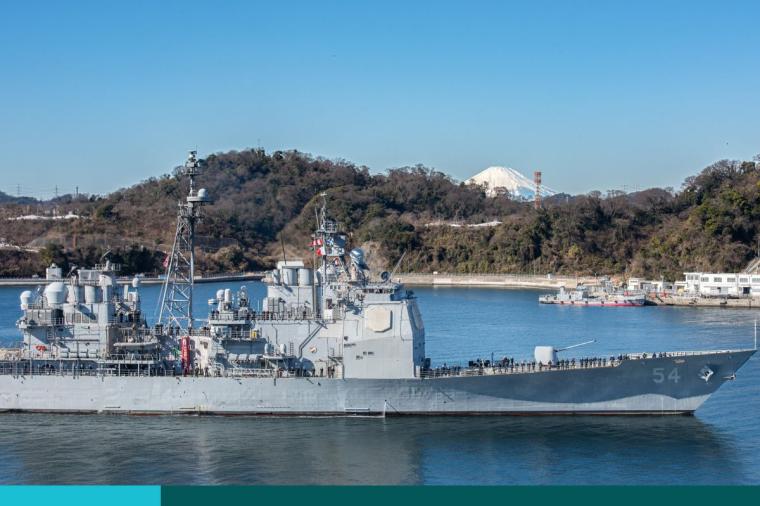4 Steps to an Acquisition Strategy Plan for Government Agencies

In successful federal government acquisitions, an agency’s needs are met in the most effective, economical, and timely manner. The key to meeting your acquisition objectives? Proper acquisition planning—which begins well before you write your plan document. In other words, plan first, document later.
Planning is so crucial that, according to the Federal Acquisition Regulation (FAR), even low-dollar-amount procurements that don’t require a written acquisition plan still require acquisition planning.
How to prepare your acquisition strategy plan.
Investing time in your acquisition strategy plan will result in a better outcome. Follow these recommendations on how to develop a performance-based acquisition program:
1. Identify the need.
The FAR recommends you start planning for your acquisition as early as possible, as soon as you identify the need for the good or service. Also think about the quantity of goods or services you need and the timeframe for delivery. Preferably, you should start planning well in advance of the fiscal year for the contract award. Last-minute procurements are typically less competitive and result in higher cost goods and services.
Your acquisition strategy plan should include:
- Proposed contract type and terms and conditions.
- Acquisition planning schedules.
- Practicality of the requirement, covering performance standards, statements of work, and data needs.
- Appropriateness of the proposal guidelines and evaluation criteria, including the method for evaluating past performance.
- Availability of reference documents.
Consider these questions when planning your acquisition:
- What are your performance, cost, and schedule objectives?
- What are the user’s requirements? Have they been addressed?
- What are the risks of not meeting those requirements?
- What contract type is appropriate, given the risks?
- Does the market research indicate that this acquisition should be set aside for small business?
- Is my requirement overstated in a way that might preclude commercial items?
- What are the customary commercial practices for buying the item?
[ Learn more about acquisition planning strategies. Get the eBook: Streamlining Government Procurement with a Modern Acquisition Management Solution. ]
2. Create a team.
The most effective acquisition approach is collaborative. A true team effort during the planning phase produces the best procurement results. Assemble a team consisting of everyone who will be significantly involved in the acquisition, like contracting, small business, fiscal, legal, and technical personnel. You’ll also want to consult with requirements and logistics personnel, who will determine the type, quality, quantity, and delivery requirements.
Your written acquisition plan document is a commitment by all stakeholders to support the execution of the plan. The best way to gain their commitment is to get their active participation early in the planning process. For the government to successfully meet its overall program objectives, everyone involved in planning and executing the program must feel some sense of ownership.
The best way to win stakeholder commitment to your acquisition plan is to get their active participation early in the process.
The planning process will involve many conversations with the program manager, contracting, technical experts, financial analysts, program office stakeholders, and representatives from the functional staff offices to discuss and refine all planning issues. An early exchange of information among participants in the acquisition process can help identify and resolve concerns about acquisition strategy.
Soliciting supplier feedback is also very important. Methods for sharing information with the industry and receiving their feedback include draft RFPs, industry days, interactive Q&As, and one-on-one meetings.
3. Set milestones.
As early as possible, identify every milestone in the acquisition process, such as completion of market research documentation, technical team responses to vendor questions, and cost/price analysis. Compose the list of milestones in conjunction with the contracting office, and meet with every milestone owner to ensure buy-in and to set a firm deadline for completion.
4. Conduct market research.
Market analysis is used to determine the availability of goods or services and to identify potential suppliers. To this end, you and the team should review previous plans for similar acquisitions on SAM.gov. To avoid using the same pool of vendors, which could decrease competition, you can also review industry publications and attend industry events.
Key takeaways for your acquisition strategy plan.
In the recommendations above, which are based on the FAR, you may have noticed the mantra “as early as possible” and the emphasis on collaboration. Indeed, the performance-based acquisition process is complex and requires careful, early consideration and collaboration among multiple stakeholders. Before writing your acquisition strategy document, proper planning is essential to ensure the process runs smoothly, efficiently, and effectively. Your acquisition strategy should be based on a clear understanding of the need you are serving and should be consistent with federal procurement policies and regulations.
To learn more about improving your entire acquisition process, download our eBook, Streamlining Government Procurement with a Modern Acquisition Management Solution.















































